It is estimated that only around 5% of our oceans have been explored so far and less than 10% mapped using modern technologies. Leaving 95% unexplored gives incredibly vast areas for scientists to work on.
According to Ocean Census, about 2,200 species are being discovered each year. Therefore, this recent news is truly exciting: a few weeks ago, scientists found over 100 new marine species in the Bounty Trough, New Zealand, marking a significant turning point in the clearer picture of the planet’s unique biodiversity.
More info:Ocean Census
Scientists came back from the Bounty Trough with exciting news: over 100 new marine species, including 3 new species of fish

Image credits:Ocean Census
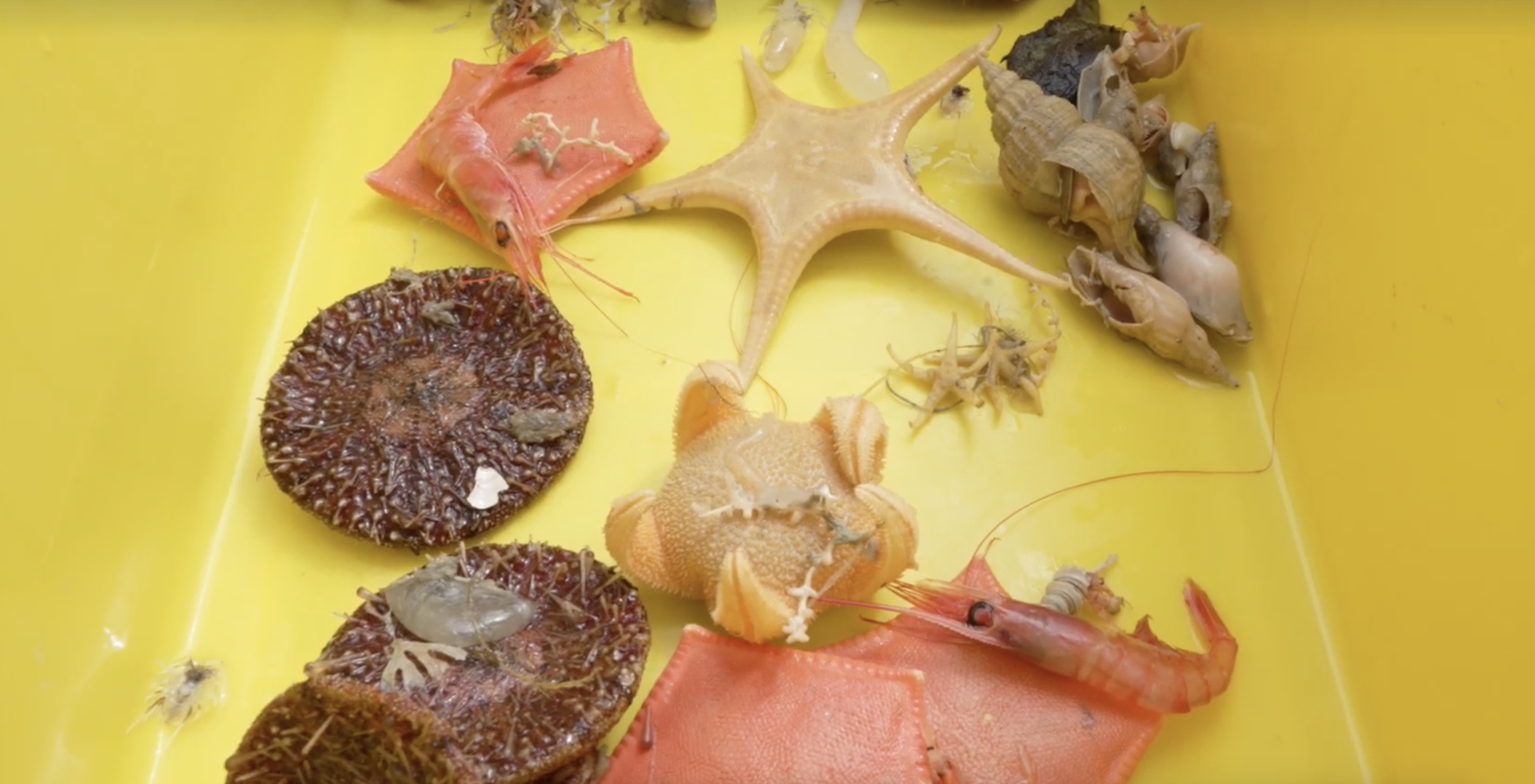
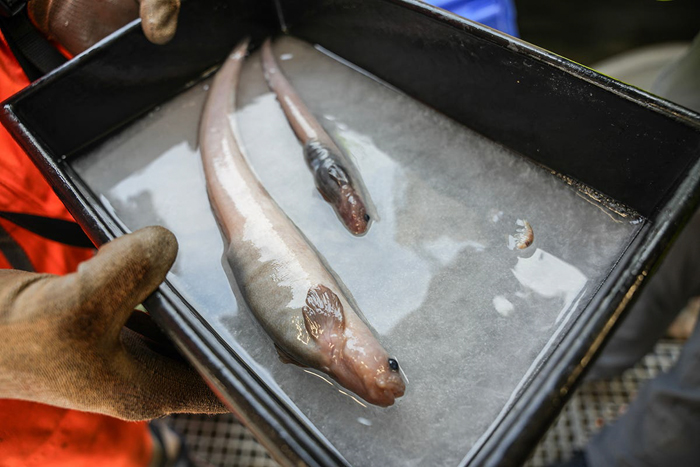

Image credits:NIWA Taihoro Nukurangi
Ocean Census is a global alliance of scientists, researchers, philanthropic organizations and a range of other specialists who are focused on discovering ocean life from the surface to full ocean depth to be ableto protectthe species that live there.
In February, team members from Ocean Census, the National Institute of Water and Atmospheric Research in New Zealand (NIWA), and the Museum of New Zealand Te Papa Tongarewa teamed up for a mission to explore the remote Bounty Trough, a deep-water depression located off the eastern coast of New Zealand’s South Island.
During the three-week expedition, they collected close to 1,800 samples, some of which were uncovered at depths of more than 15,000 feet.
The scientists were impressed with the biodiversity of life they have found there. “It looks like we have a great haul of new, undiscovered species. By the time all our specimens are examined, we will be north of 100 new species. But what’s really surprised me here is the fact this extends to animals like fish – we think we’ve got three new species of fish,” said Ocean Census Science Director Professor Alex Rogers.
NIWA’s marine biologist Sadie Mills mentioned that the expedition has shown the Bounty Trough is flourishing with life: “We’ve gone to lots of different habitats and discovered a whole range of new species, from fish to snails, to corals and sea cucumbers. Really interesting species that are going to be new to science.”
Expeditions to under-explored ocean regions like the Bounty Trough are critical to discovering new species
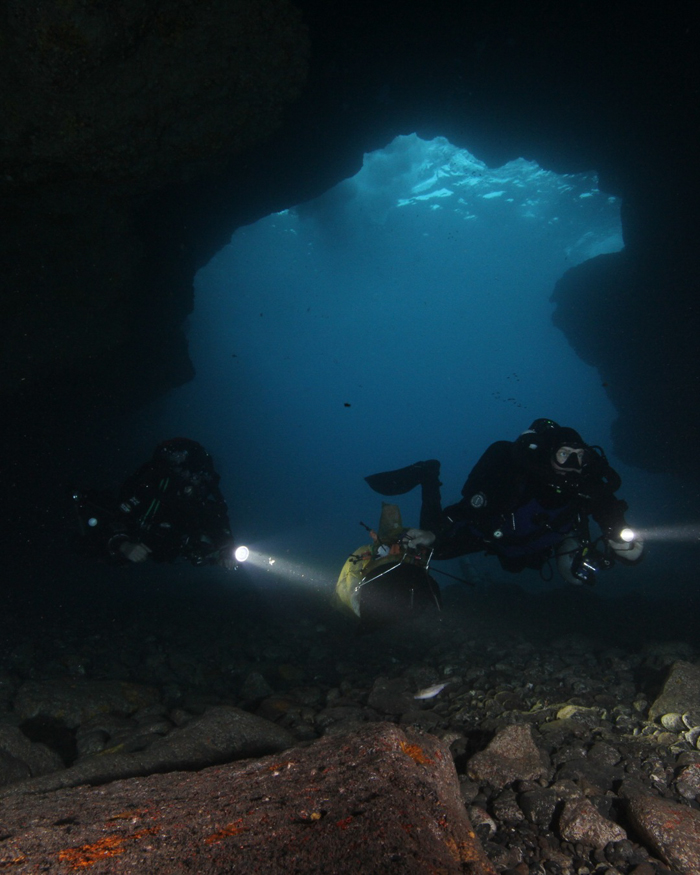
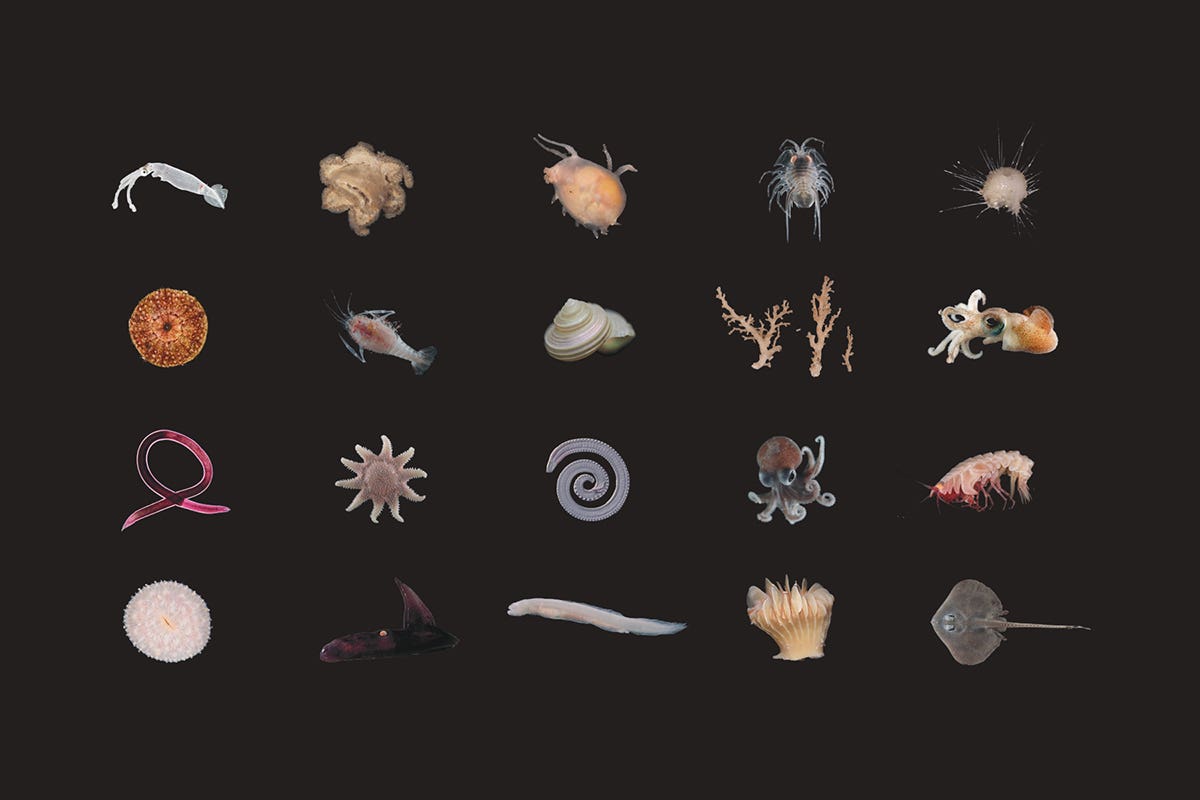
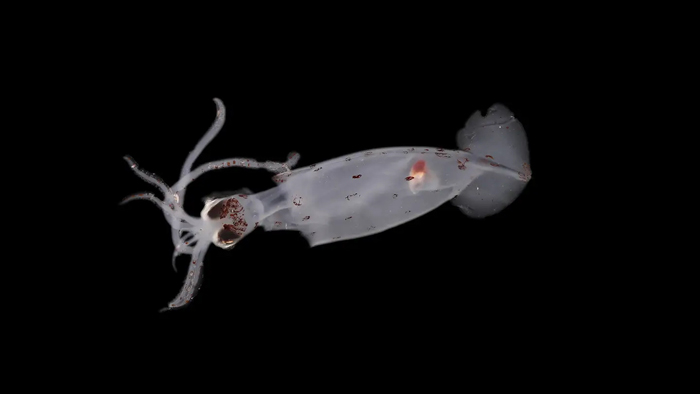
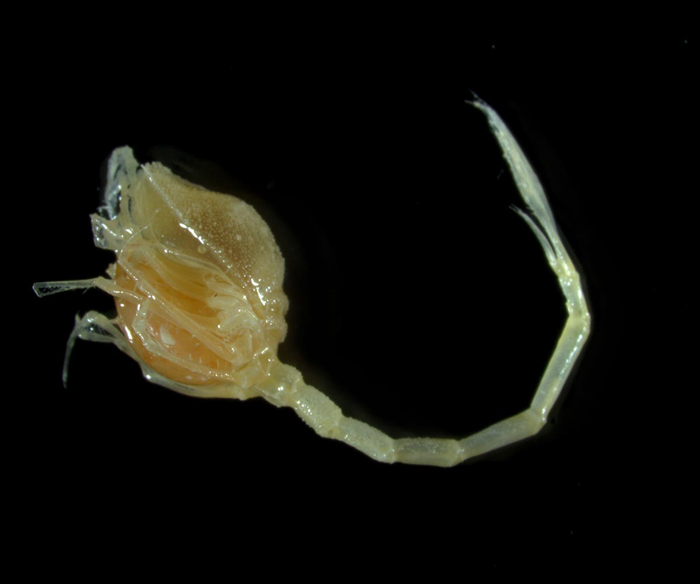
One particular find was very hard to identify. The experts first believed it was a newsea anemoneor aseastar, yet taxonomists didn’t want to agree that it is either of those species.
Queensland Museum Network taxonomist Michela Mitchell said that it could be a new species of octocoral, but also a new genus. “Even more excitingly, it could be a whole new group outside of the octocoral. If it is, that is a significant find for the deep sea and gives us a much clearer picture of the planet’s unique biodiversity,” Michela shared the excitement.
Among over 100 newly discovered species could be a whole new group outside of the octocoral
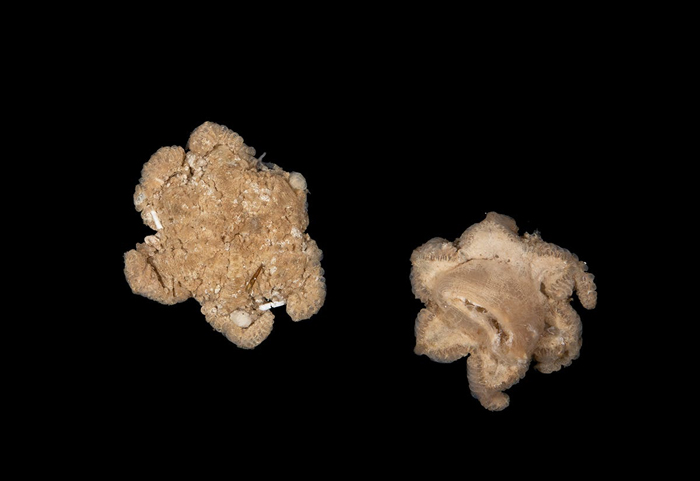
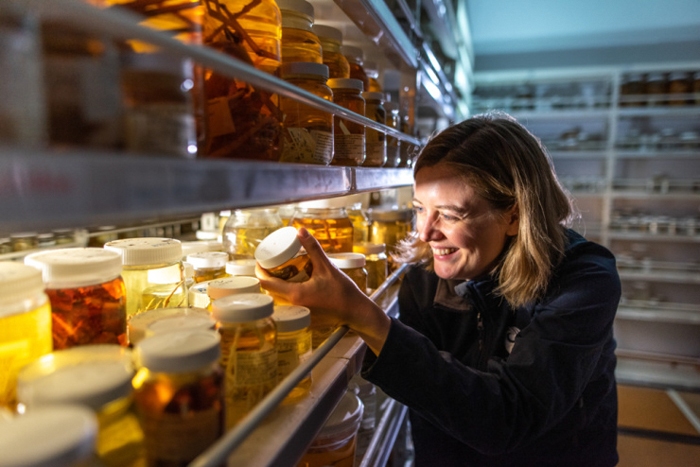
The ocean is pretty deep and vast; therefore, it is truly challenging in terms of scientific discoveries. According to NOAA and Woods Hole Oceanographic Institution, the average depth of the ocean is 3,682 meters, or 12,080 feet. It’s also known that the deepest place in the ocean reaches 10,935 meters (35,876 feet) and is found in the Pacific Ocean’s Mariana Trench, at a place called Challenger Deep.
Even though to many of us, sampling vulnerable sea creatures may seem like quite a radical gesture, it actually gives scientists crucial information in order to enhance conservation efforts for threatened and endangered species before it’s too late.
Scientists often use a Brenke sled – a device for sampling organisms that live on and just above the seafloor
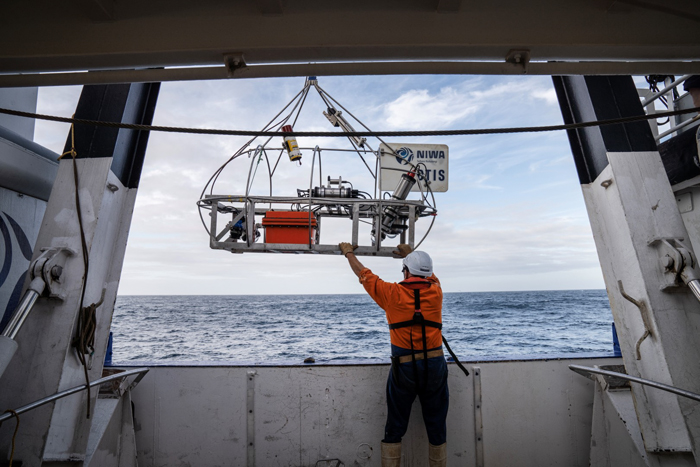
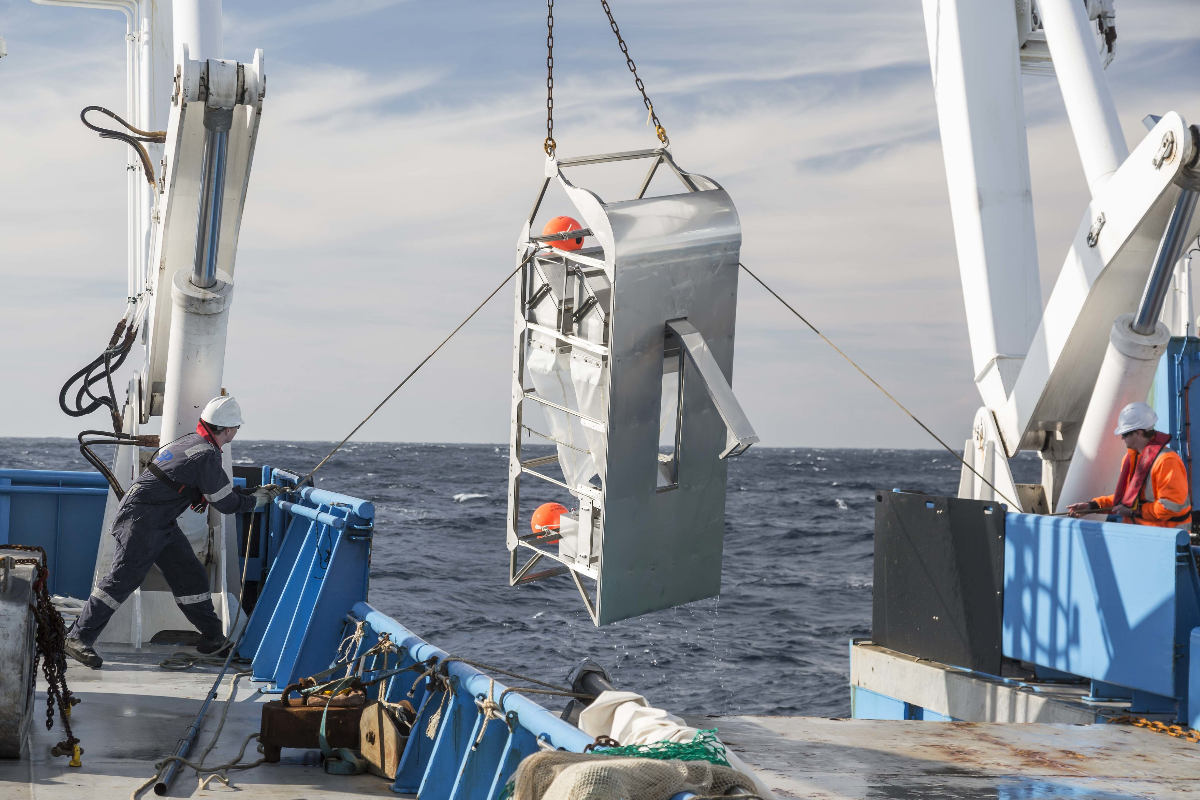
Image credits:Marine Biodiversity Hub
Our oceans cover more than 70% of the Earth’s surface, yet, according to Columbia University’s Earth Institute, scientists know moreabout spacethan the ocean. NASA is on a mission to change that. By exploring the deep part of the ocean, they are searching for clues as to what oceans on other planets could look like. Surprisingly enough, Earth’s depths are very similar to some of the conditions NASA expects to find on other worlds in our Solar System.
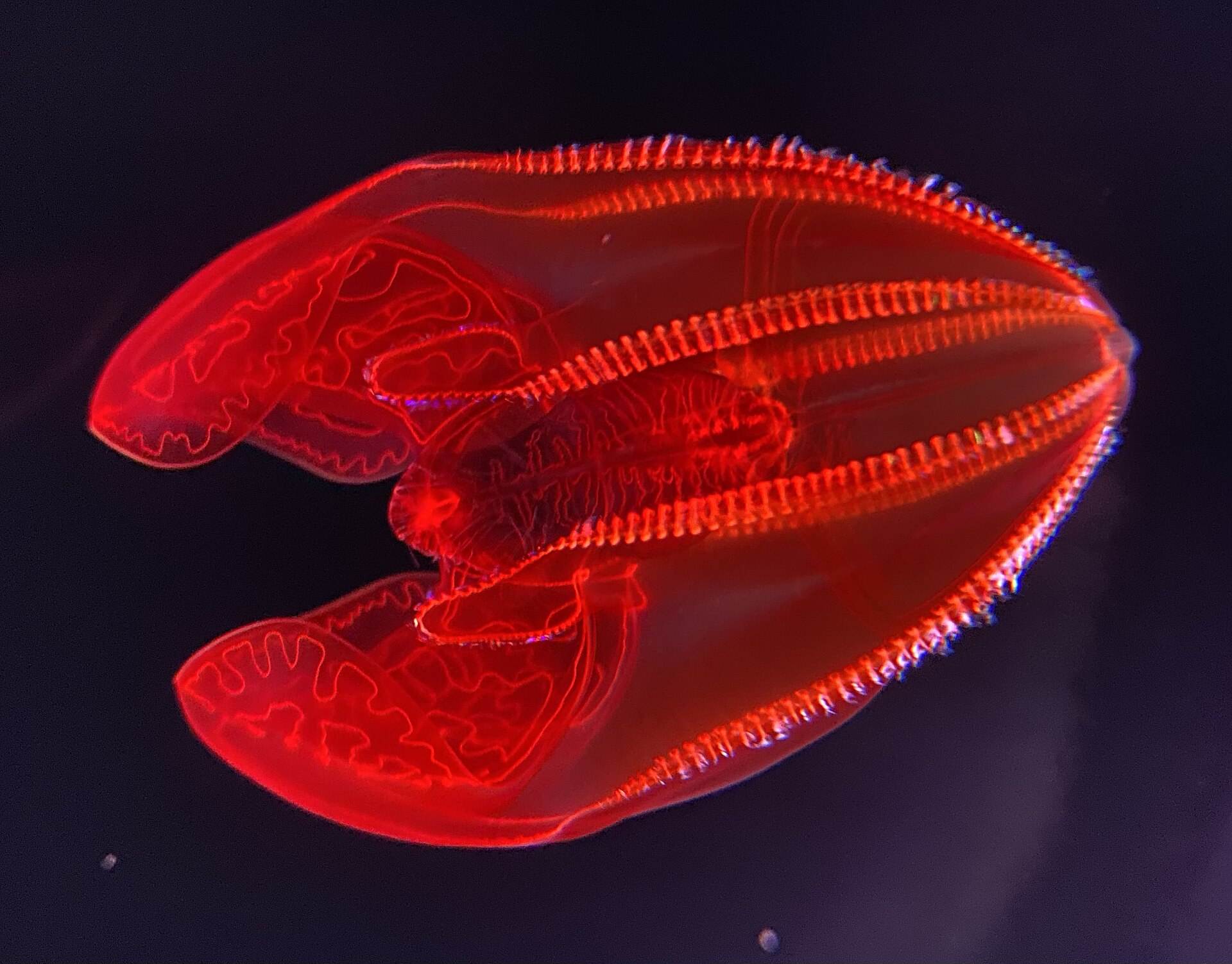
Image credits:Monterey Bay Aquarium
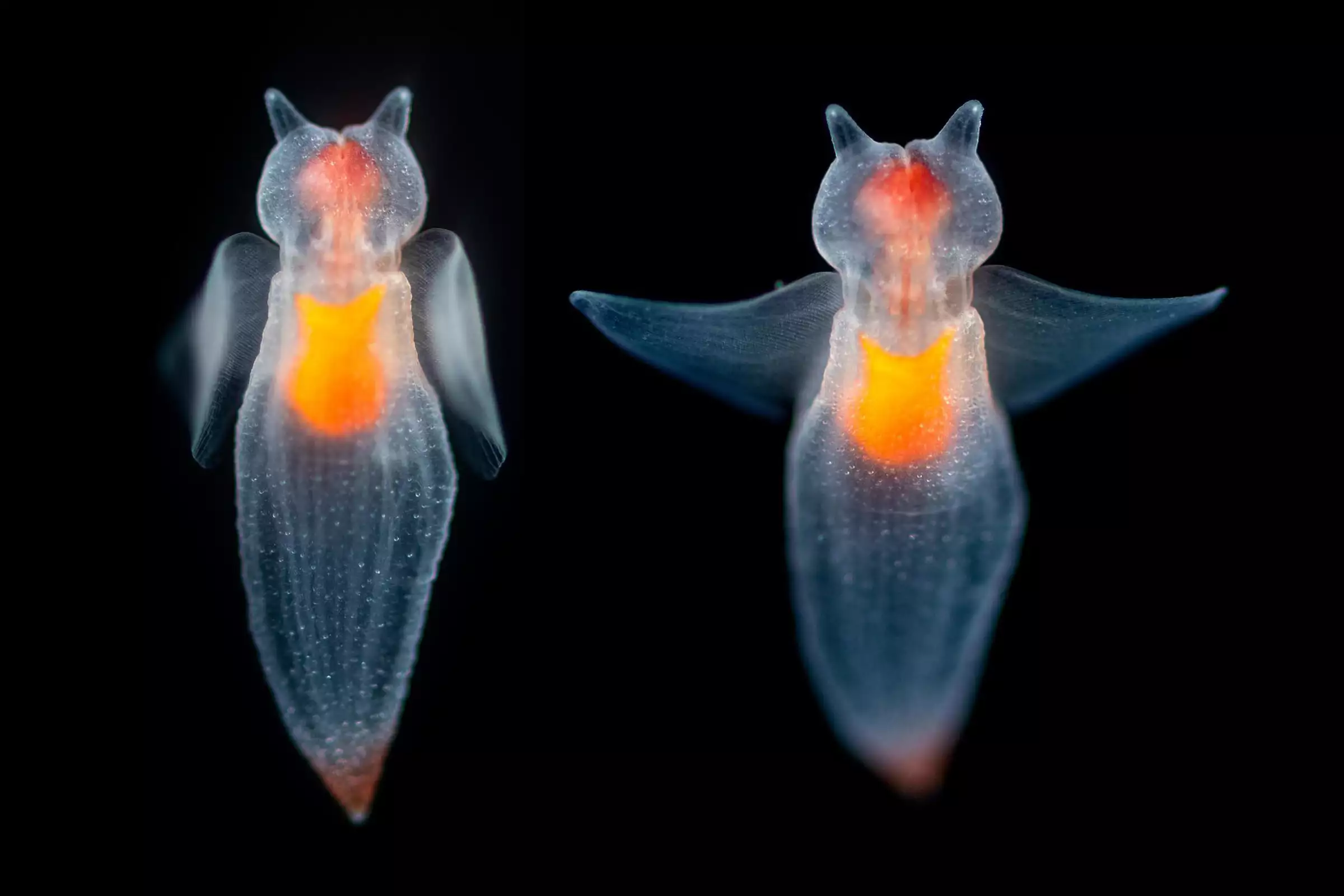
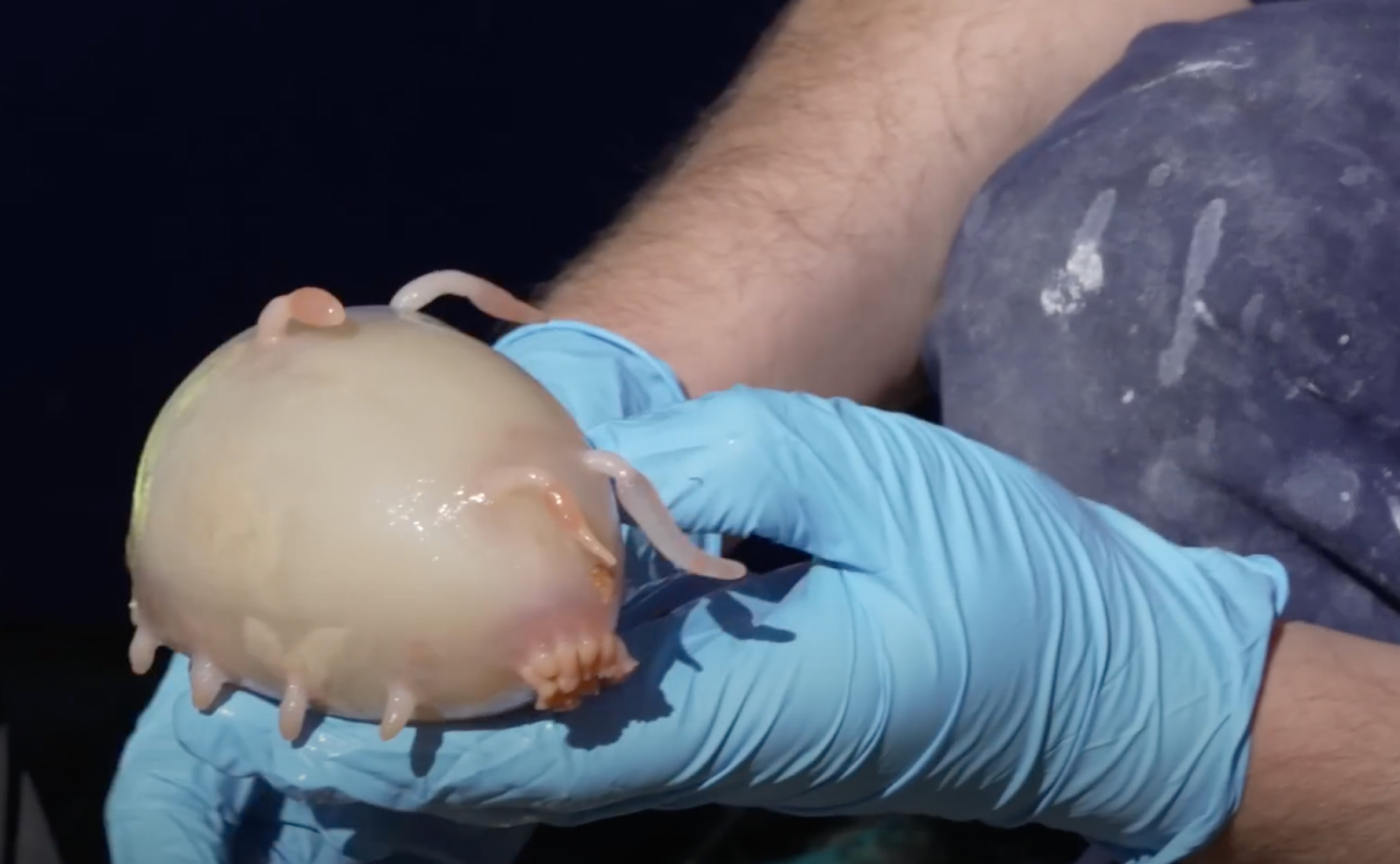
Scientists collected almost 1,800 samples from the depths of the ocean, finding species of fish, squid, mollusk and coral that are new to science
People were excited about the new marine discovery





Science & Technology